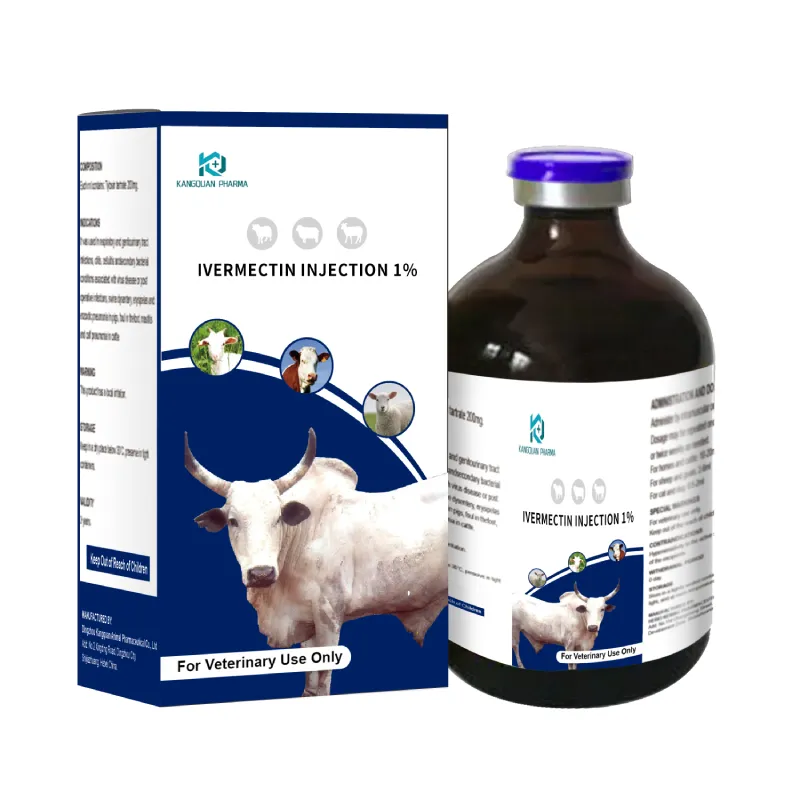- Afrikaans
- Albanian
- Amharic
- Arabic
- Armenian
- Azerbaijani
- Basque
- Belarusian
- Bengali
- Bosnian
- Bulgarian
- Catalan
- Cebuano
- Corsican
- Croatian
- Czech
- Danish
- Dutch
- English
- Esperanto
- Estonian
- Finnish
- French
- Frisian
- Galician
- Georgian
- German
- Greek
- Gujarati
- Haitian Creole
- hausa
- hawaiian
- Hebrew
- Hindi
- Miao
- Hungarian
- Icelandic
- igbo
- Indonesian
- irish
- Italian
- Japanese
- Javanese
- Kannada
- kazakh
- Khmer
- Rwandese
- Korean
- Kurdish
- Kyrgyz
- Lao
- Latin
- Latvian
- Lithuanian
- Luxembourgish
- Macedonian
- Malgashi
- Malay
- Malayalam
- Maltese
- Maori
- Marathi
- Mongolian
- Myanmar
- Nepali
- Norwegian
- Norwegian
- Occitan
- Pashto
- Persian
- Polish
- Portuguese
- Punjabi
- Romanian
- Russian
- Samoan
- Scottish Gaelic
- Serbian
- Sesotho
- Shona
- Sindhi
- Sinhala
- Slovak
- Slovenian
- Somali
- Spanish
- Sundanese
- Swahili
- Swedish
- Tagalog
- Tajik
- Tamil
- Tatar
- Telugu
- Thai
- Turkish
- Turkmen
- Ukrainian
- Urdu
- Uighur
- Uzbek
- Vietnamese
- Welsh
- Bantu
- Yiddish
- Yoruba
- Zulu
Dec . 07, 2024 07:56 Back to list
glutaraldehyde solution for sterilization
Glutaraldehyde Solution for Sterilization
Glutaraldehyde is a powerful chemical agent that has been widely used in various fields, especially in healthcare and laboratory settings, for sterilization and disinfection purposes. This colorless liquid is a member of the dialdehyde family and is renowned for its efficacy against a broad range of microorganisms, including bacteria, viruses, fungi, and spores. As a chemical sterilant, glutaraldehyde is particularly valuable due to its ability to penetrate biofilms and its effectiveness in situations where traditional sterilization methods, such as steam autoclaving, may not be suitable.
Mechanism of Action
The antimicrobial action of glutaraldehyde is primarily due to its ability to cross-link amino acids and proteins in microorganisms. When glutaraldehyde comes into contact with microbial cells, it reacts with the cellular proteins, resulting in irreversible changes that disrupt the structure and function of the cells. This leads to cell death and prevents the growth of new spores or infectious agents. The broad-spectrum activity of glutaraldehyde makes it an ideal choice in environments where sterility is paramount, such as in surgical and medical settings.
Application in Healthcare
In healthcare, glutaraldehyde is predominantly used for the disinfection of medical and surgical instruments that cannot withstand high temperatures. For instance, certain endoscopes, heat-sensitive devices, and surgical tools can be effectively sterilized using a 2% glutaraldehyde solution. The standard protocol involves immersing the instruments in the solution for a specific period, typically ranging from 30 minutes to several hours, depending on the level of sterility required.
Although effective, it is crucial to adhere to safety protocols when handling glutaraldehyde, as it is a potent irritant to the skin, eyes, and respiratory system. Appropriate personal protective equipment, such as gloves, goggles, and masks, should be donned to minimize exposure risks. Additionally, proper ventilation in areas where glutaraldehyde is used is essential to avoid the inhalation of vapors, which can cause respiratory distress and other health issues.
glutaraldehyde solution for sterilization

Advantages and Disadvantages
One of the primary advantages of glutaraldehyde is its fast-acting nature. It provides an efficient method of sterilization, with many organisms rendered inactive within minutes of treatment. Its ability to maintain effectiveness at lower temperatures also broadens its applicability in diverse settings. Moreover, glutaraldehyde has a relatively long shelf life, making it convenient for storage and use in laboratory and medical environments.
However, there are notable disadvantages to its use. Prolonged exposure to glutaraldehyde can lead to sensitization and allergic reactions in some individuals. Additionally, the chemical has been linked to negative environmental impacts, prompting concerns regarding its disposal and the potential for environmental contamination. Furthermore, the efficacy of glutaraldehyde can be compromised in organic material presence, meaning thorough cleaning of instruments prior to sterilization is a critical step in the process.
Alternatives to Glutaraldehyde
As new sterilization technologies continue to emerge, several alternatives to glutaraldehyde have been developed. These include methods such as ethylene oxide gas, hydrogen peroxide plasma, and peracetic acid, among others. Each alternative has its own set of advantages and disadvantages, including varying levels of efficacy, safety, and environmental impact. Healthcare facilities must weigh these factors carefully when selecting a sterilization method that best suits their needs.
Conclusion
Glutaraldehyde remains an essential chemical agent in the realm of sterilization and disinfection. Its broad-spectrum antimicrobial properties and effectiveness in difficult-to-sterilize devices secure its relevance in today's healthcare and laboratory settings. That said, the management of exposure risks and environmental concerns associated with its use cannot be overlooked. Continuous research and development of new sterilization technologies will undoubtedly lead to improved safety and efficacy in infection control practices. Ultimately, ensuring that high standards of disinfection and sterilization are upheld is paramount in safeguarding public health.
-
Guide to Oxytetracycline Injection
NewsMar.27,2025
-
Guide to Colistin Sulphate
NewsMar.27,2025
-
Gentamicin Sulfate: Uses, Price, And Key Information
NewsMar.27,2025
-
Enrofloxacin Injection: Uses, Price, And Supplier Information
NewsMar.27,2025
-
Dexamethasone Sodium Phosphate Injection: Uses, Price, And Key Information
NewsMar.27,2025
-
Albendazole Tablet: Uses, Dosage, Cost, And Key Information
NewsMar.27,2025













